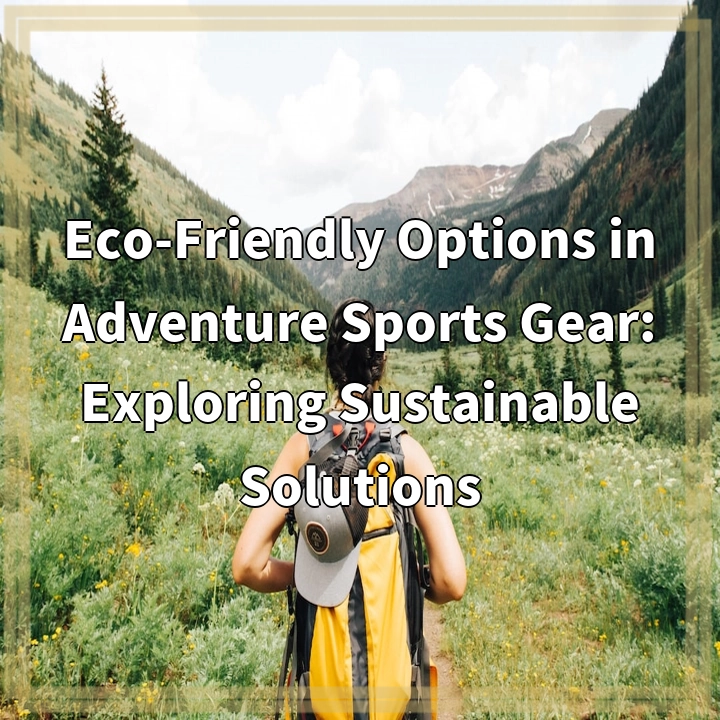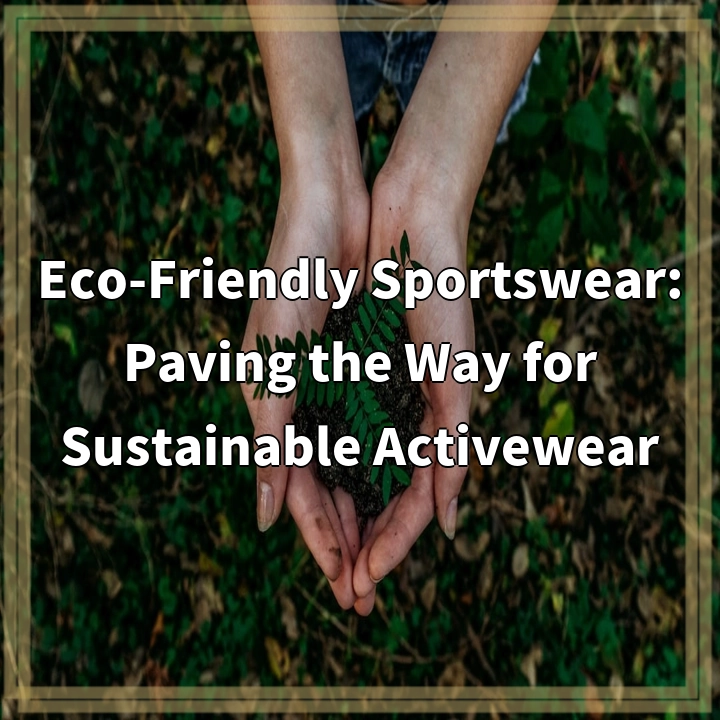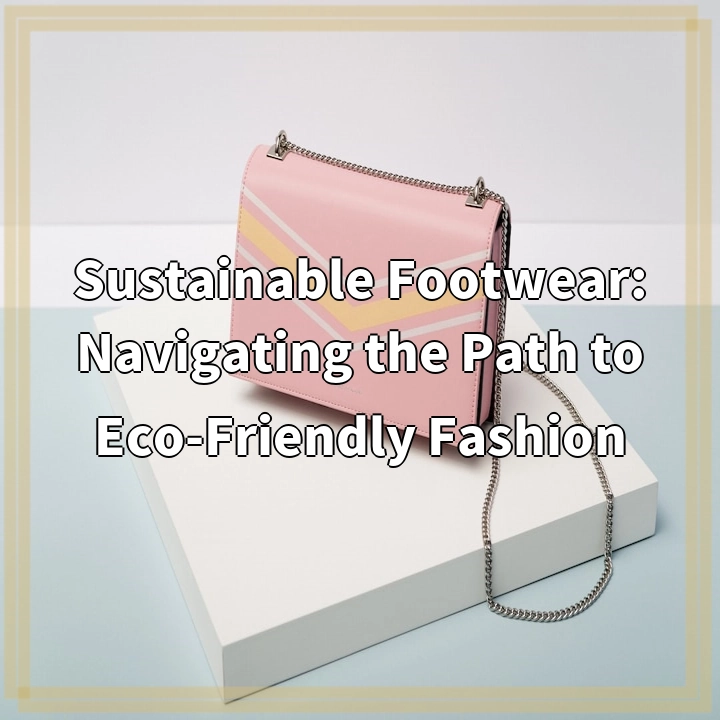
What it is:
Eco-Friendly Options in Adventure Sports Gear: Exploring Sustainable Solutions
Real-World Problems Associated with Eco-Friendly Adventure Sports Gear:
The adventure sports industry has seen massive growth in recent years, with more and more people seeking exciting outdoor experiences. However, with this growth comes environmental consequences. Traditional adventure sports gear often relies on resource-intensive materials, harsh manufacturing processes, and unsustainable practices.
1. Material Waste:
One of the main problems is the excessive waste generated during the production of adventure sports gear. Traditional materials like neoprene and nylon contribute to a significant amount of non-biodegradable waste that ends up in landfills and oceans. This waste not only pollutes the environment but also poses a threat to marine life.
2. Chemical Pollution:
The production of adventure sports gear involves the use of various chemicals that are harmful to both the environment and human health. These chemicals, such as dyes, solvents, and adhesives, can contaminate water sources and ecosystems, leading to devastating consequences for local communities and wildlife.
3. Carbon Footprint:
The manufacturing and transportation of adventure sports gear often require significant amounts of energy, contributing to greenhouse gas emissions and climate change. This carbon footprint further exacerbates environmental problems and threatens the very ecosystems that these sports rely on.
4. Disposable Culture:
The adventure sports industry has been plagued by a disposable culture, where gear is frequently replaced rather than repaired. This mindset of constant consumption leads to increased production, further depleting resources and exacerbating waste issues.
5. Lack of Awareness:
Many adventure sports enthusiasts are simply unaware of the environmental impacts associated with their gear choices. It is common for consumers to prioritize performance and functionality without considering the ecological footprint of their equipment. This lack of awareness perpetuates unsustainable practices within the industry.
By exploring sustainable solutions, we can address these real-world problems and pave the way for a more environmentally friendly adventure sports industry. In the following sections, we will delve into various eco-friendly options that are revolutionizing the gear market.

Eco-Friendly Solutions for Adventure Sports Gear:
Addressing the real-world problems associated with adventure sports gear, sustainable solutions are emerging to reduce environmental impacts and promote a more eco-friendly approach to outdoor recreation.
1. Sustainable Materials:
Companies are turning to innovative and eco-friendly materials like recycled polyester, organic cotton, and plant-based fibers. These alternatives minimize waste, reduce carbon emissions, and offer comparable performance to traditional materials.
2. Low-Impact Manufacturing:
Manufacturers are implementing cleaner production processes that minimize chemical use and energy consumption. They are also adopting circular economy principles by recycling and repurposing materials to reduce landfill waste.
3. Repair and Reuse Initiatives:
Efforts are being made to encourage gear repair and extend the lifespan of products. Repair programs and initiatives that promote gear sharing or second-hand markets are helping to combat the disposable culture and reduce the need for constant replacement.
4. Transparent Supply Chains:
Brands are prioritizing transparency and accountability by providing information about their supply chains and manufacturing practices. This allows consumers to make informed choices and support companies that align with their values.
5. Education and Awareness:
Increasing awareness among adventure sports enthusiasts is key to creating lasting change. Educational campaigns, environmental certifications, and partnerships with environmental organizations help educate consumers and promote sustainable choices.
By embracing these solutions, individuals and the adventure sports industry as a whole can make significant strides towards reducing environmental impacts and creating a more sustainable future for outdoor recreation.















